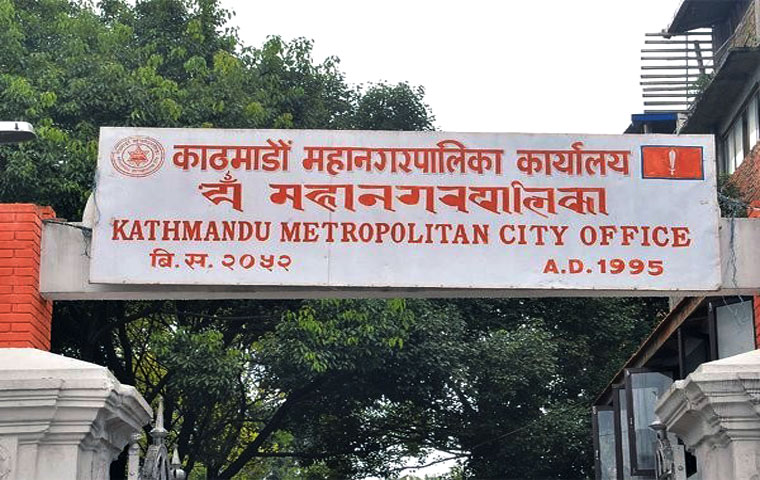
Kathmandu Metropolitan Engages Principals Over Low SEE Results
Kathmandu Metropolitan City held a discussion with the principals of community schools that have failed to deliver the expected results in the Secondary Education Examination (SEE) over the past three years, especially those where over 50% of students received non-graded results this year.
SEE 2081: Participation and Performance Overview
In SEE 2081, 4,056 students from 58 community schools under the metropolis participated.
Among them, 956 students received non-graded (NG) results and will be required to retake the exam.
Despite this, 789 students scored between 3.61 and 4.00 on their GPAs. Of these, 17 students secured a perfect 4.00 GPA.
Last year, 545 students had scored within that GPA range—an increase of 244 students this year.
Improvement Noted, But NG Rates Remain a Concern
This improvement reflects:
-
Better academic standards
-
Development of consistent study habits among students
-
Increased teaching engagement
-
The metropolitan authority supports special holiday classes and intensive monitoring
GPA Distribution for SEE 2081
-
GPA 3.21–3.60: 1,148 students
-
GPA 2.81–3.20: 890 students
-
GPA 2.41–2.80: 257 students
-
GPA 2.01–2.40: 16 students
Last year’s figures were:
-
GPA 3.21–3.60: 1,050 students
-
GPA 2.81–3.20: 1,080 students
-
GPA 2.41–2.80: 395 students
-
GPA 2.01–2.40: 16 students
The trend shows a rise in top-tier GPA achievers and a decrease in lower GPA groups.
The latest discussions aim to improve even these figures.
Vice Mayor Calls for Stronger Leadership
During the session, Vice Mayor Sunita Dangol emphasized that community school principals must serve as competent managers and child-friendly leaders.
She stated:
“There are challenges, which is why leadership is key. If all stakeholders align with a shared vision, solutions can be found. Let’s spend the next month focusing on non-graded students. After that, we can assess skills, capabilities, and design further plans.”
Education Officer Identifies Core Issues
Education Officer Keshav Gyawali pointed out several underlying issues behind poor results:
-
Weak relationships between principals and teachers
-
Poor student–teacher connection
-
Challenging home environments
-
Students engaged in labor
-
Lack of parental supervision and accountability
Principals Commit to Immediate Action
Participating principals pledged to:
-
Conduct extra classes over the next month
-
Encourage students in academic engagement
-
Analyze all contributing factors involving the school, parents, and students
Specific Challenges Faced by Schools
Principals shared additional concerns:
-
Some hardworking students still received NG results
-
Students took exams but were marked absent
-
Domestic conflict prevented students from focusing on their studies
-
Many students have to work and support their families
-
Some students no longer respect or listen to their guardians
-
Parents often fail to attend school meetings when invited
Systemic and Structural Issues
Other identified problems include:
-
Students disappearing after lunch
-
Absence of subject-specific teachers despite sanctioned positions
-
Undisciplined environments surrounding schools
-
Rise in bad habits among students
Principals Request Ongoing Support
They urged the metropolitan authority to:
-
Conduct regular monitoring
-
Provide leadership and capacity development training for principals and teachers.
Parental Attitudes Also Hinder Progress
Principals cited troubling cases:
“One parent said: ‘Don’t bother me about this. I won’t come to school. My child wants a black belt. Failing SEE doesn’t matter.”
They emphasized that public schools admit all students regardless of prior achievement and thus require diverse programs to uplift their performance and learning outcomes.
Kathmandu SEE

